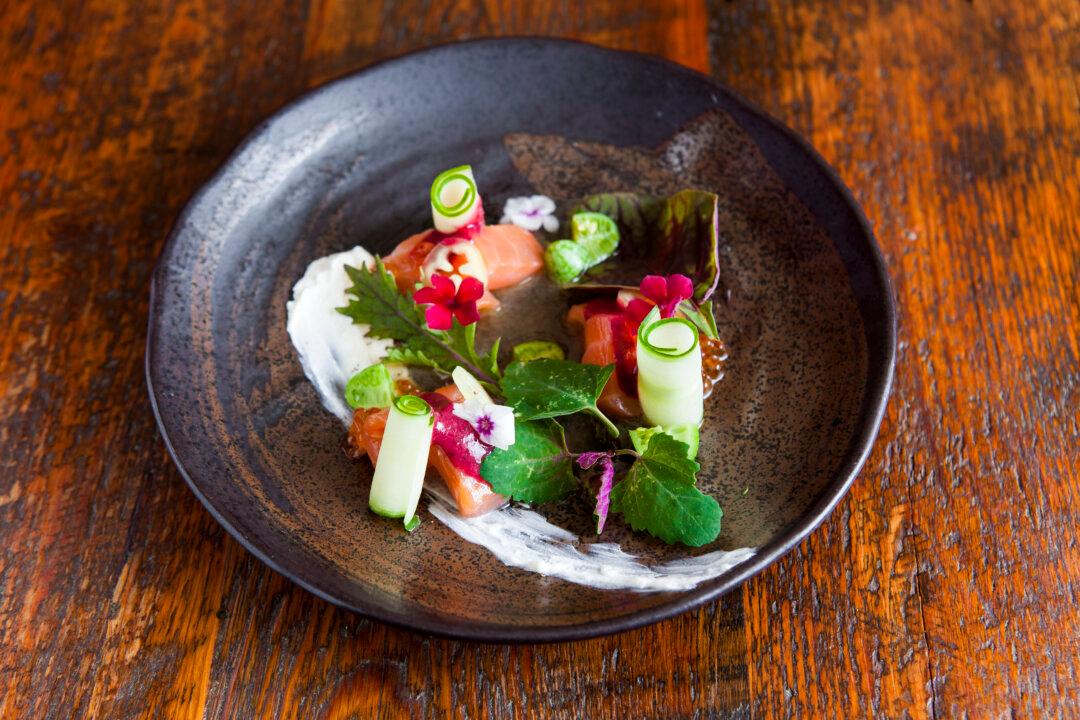Take a sip at Rouge et Blanc and you'll be whisked off from SoHo to a vineyard in France.
The all-French wine list is meticulously curated by owner Thomas Cregan, whose has more than 20 years’ experience weaving through the back roads of France searching out excellent wines made by small producers.

Owner and sommerlier Thomas Cregan. Samira Bouaou/Epoch Times





